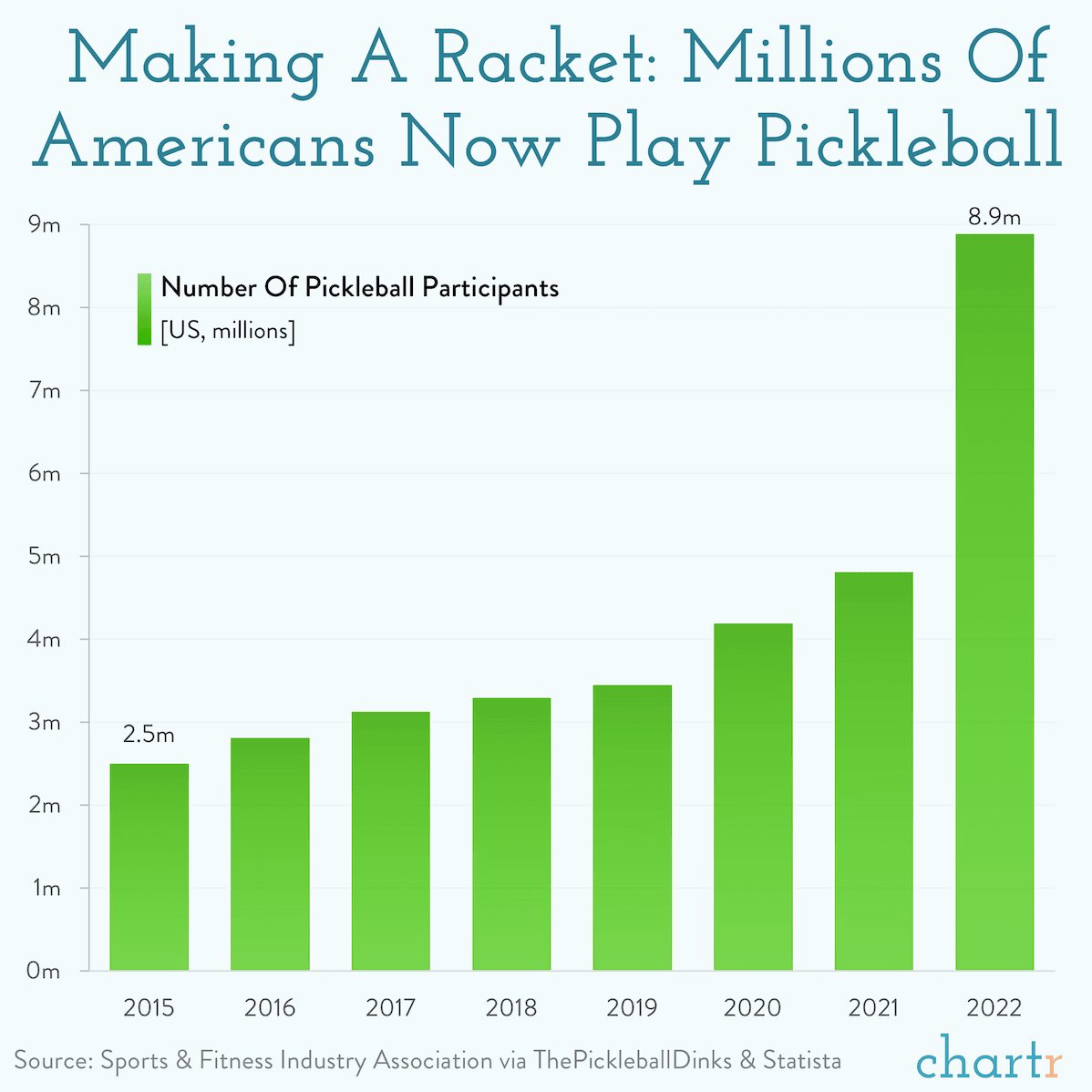Pickleball’s Global Rise A New Sporting Craze
The Humble Beginnings of a Global Phenomenon
Pickleball, a sport often described as a quirky blend of tennis, badminton, and ping-pong, has exploded onto the global sporting scene. Its origins trace back to 1965 on Bainbridge Island, Washington, where a group of families sought a fun, low-impact activity to enjoy during summer vacations. What began as a backyard pastime using repurposed badminton equipment has now captured the attention of millions worldwide, transcending age, background, and athletic ability.
Easy to Learn, Difficult to Master: Pickleball’s Accessibility
One of the key factors driving Pickleball’s popularity is its inherent accessibility. The smaller court size, underhand serve, and slower pace make it a game that people of all ages and fitness levels can pick up relatively quickly. This low barrier to entry is particularly appealing to seniors, who find it a less physically demanding alternative to tennis or racquetball, while also attracting younger players who appreciate its social and competitive aspects. The simplicity of the rules also contributes to its wide appeal, allowing players to focus on enjoying the game rather than getting bogged down in complex regulations.

The Social Aspect: More Than Just a Game
Beyond the physical activity, Pickleball fosters a strong sense of community. The social interaction inherent in the game has proven to be a significant draw. Players often form friendships with fellow enthusiasts, and the casual, friendly atmosphere of many pickleball courts contributes to the sport’s welcoming nature. This social element is particularly attractive to those seeking a recreational activity that combines exercise with social engagement, leading to a loyal and expanding player base.
A Global Expansion: From Local Courts to International Competitions
Pickleball’s rise isn’t confined to North America. The sport is gaining traction in countries across Europe, Asia, and Australia. While the US remains the undisputed powerhouse of pickleball, organizations and leagues are popping up worldwide, creating opportunities for international competition and fostering a global pickleball community. This international growth demonstrates the sport’s versatility and appeal across diverse cultures and demographics, solidifying its position as a truly global phenomenon.
The Economic Impact: A Booming Industry
Pickleball’s phenomenal growth has sparked a significant economic impact. The demand for equipment, including paddles, balls, and apparel, has fueled a booming industry. Construction of new courts and the renovation of existing facilities are also contributing to economic activity, particularly in communities where the sport is flourishing. Tournaments and leagues generate revenue, and the overall economic impact of pickleball continues to grow exponentially.
Health Benefits: A Low-Impact, High-Reward Activity
The low-impact nature of pickleball makes it a suitable activity for people looking to maintain or improve their physical health. It provides a good cardiovascular workout, improves hand-eye coordination, and enhances agility and flexibility. These benefits are particularly attractive to an aging population looking for enjoyable and accessible forms of exercise that minimize the risk of injuries commonly associated with high-impact sports. The social aspect further boosts mental well-being, making pickleball a holistic fitness activity.
















